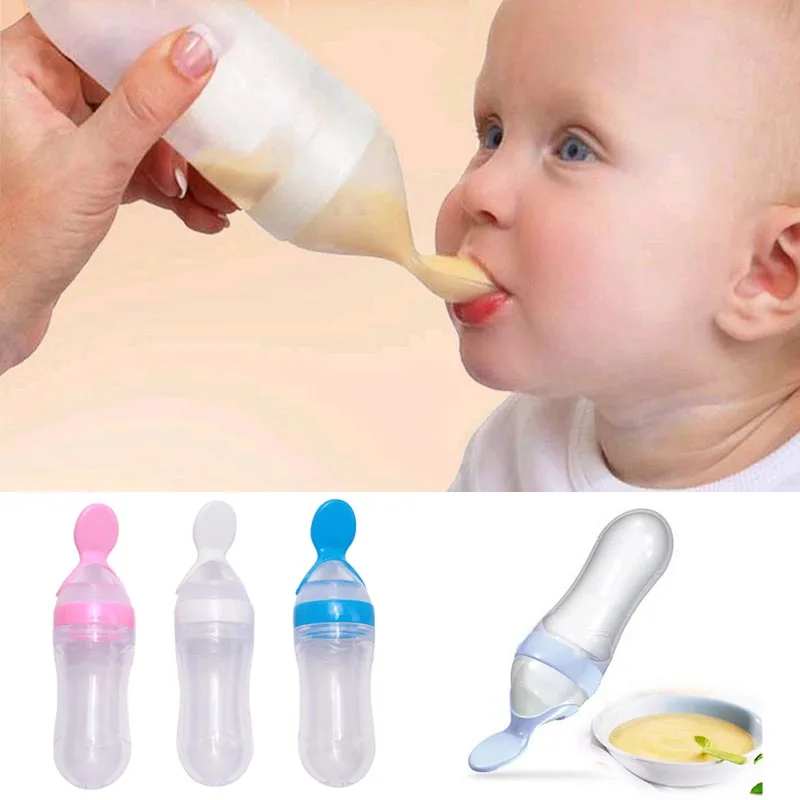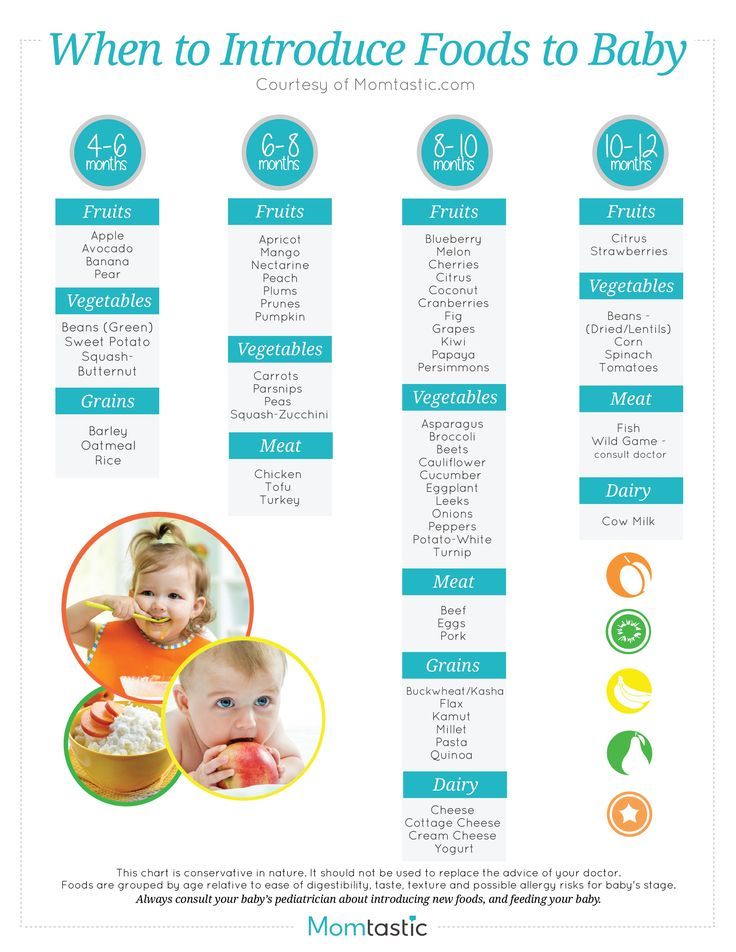Baby food raspberry puree
Fresh Raspberry Puree (5 Minutes to Make and Easy to Freeze)
byAmy Palanjian
Updated
This post may contain affiliate links. If you shop from one of our links, we may earn a commission.
Learn how to blend up the easiest Raspberry Puree as a Stage 1 baby food—or as a simple fruit sauce to stir into yogurt, applesauce, oatmeal, or with pancakes.
Raspberry Puree
Loaded with fresh flavor, vitamins, and the prettiest color, raspberries are easy to turn into baby food. You can use this simple method to puree them for newer eaters—or keep making it to add flavor to other foods like yogurt.
The method for this is super simple, but it does rely entirely on the flavor of the berries. Be sure to taste one before you make the puree to make sure it has a pleasant flavor and isn’t too tart. (See tips at the bottom if your berries are tart!)
Ingredients You Need
You just need raspberries for this recipe. I use fresh, but you could also use frozen if you let them thaw first.
Step-by-Step Instructions
Here’s a look at how to make this baby food. Scroll down to the bottom of the post for the specifics.
- Start with berries that have a pleasant and not too tart taste.
- Rinse.
- Add to a blender.
- Blend until smooth.
TIP: If you want to remove the seeds, which are hard to blend entirely smooth, you can strain the puree to remove them.
Straining the seeds out of Raspberry PureeFrequently Asked Questions
Can babies have pureed raspberries?
The American Academy of Pediatrics recommends introducing berries like strawberries and raspberries after some other solids have been introduced. If you have any concerns, you can check with your pediatrician.
How do you get the seeds out of raspberry puree?
The easiest way is to set a fine mesh strainer over a bowl and pour the puree through the strainer.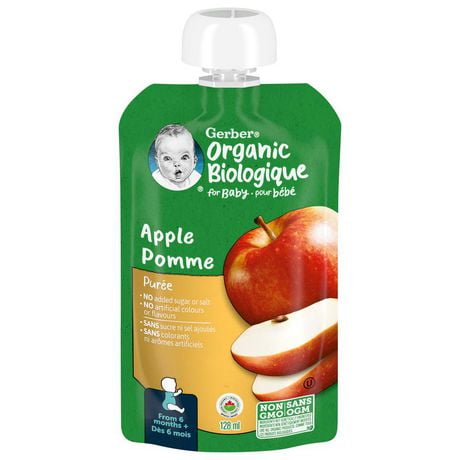 Press with a spoon as needed to release all of the puree through the mesh. This will remove the seeds.
Press with a spoon as needed to release all of the puree through the mesh. This will remove the seeds.
What’s the best way to store this?
You can store it in small airtight storage jars (like the ones shown here from Wee Sprout) in the fridge for up to 3 days or in the freezer for up to 3 months.
Best Tips for Success
- Use berries that taste good fresh for the best final result.
- Double the recipe to make more.
- To make this with frozen berries, thaw first, then measure out a heaping cup.
- Store leftovers in the fridge or freezer. (Find my full information on freezing baby food here.)
- If the puree is tart, you can blend with Apple Puree or Sweet Potato Puree.
- Serve plain or stir into yogurt or oatmeal, or use as a dip for Waffles.
- Find more No-Cook Baby Food recipes here.
I’d love to hear your feedback on this recipe and appreciate all ratings and comments!
Prep Time 5 minutes
Cook Time 0 minutes
Total Time 5 minutes
Author Amy Palanjian
Cuisine American
Course Baby Food
Calories 44kcal
Servings 2
- ▢ 6 ounces fresh raspberries
- ▢ 2-3 tablespoons water
Check your berries and discard any that are discolored or mushy.
 (That can happen!)
(That can happen!)Add to a colander and rinse. Pat dry.
Add to a blender and blend, starting on low and working up to high. Add 1 tablespoon water at a time to reach a desired consistency. (I used two.)
Optional: Strain through a fine-mesh sieve if desired to remove the seeds.
Vitamix Blender
Storage Containers
Reusable Pouch
- Use berries that taste good fresh for the best final result.
- Double the recipe to make more.
- To make this with frozen berries, thaw first, then measure out a heaping cup.
- Store leftovers in the fridge or freezer. (Find my full information on freezing baby food here.)
- If the puree is tart, you can blend with Apple Puree or Sweet Potato Puree.
- Serve plain or stir into yogurt or oatmeal, or use as a dip for Waffles.
- Find more No-Cook Baby Food recipes here.
Calories: 44kcal, Carbohydrates: 10g, Protein: 1g, Fat: 1g, Saturated Fat: 1g, Polyunsaturated Fat: 1g, Monounsaturated Fat: 1g, Sodium: 2mg, Potassium: 128mg, Fiber: 6g, Sugar: 4g, Vitamin A: 28IU, Vitamin C: 22mg, Calcium: 22mg, Iron: 1mg
Tried this recipe?Rate in the comments and tag @yummytoddlerfood on IG!
Related Posts
Related Products
Dinnertime SOS
Buy Now
Happy Family Meals (Meal Plans)
Buy Now
Happy Family Meals (Vol 2)
Buy Now
Yummy Toddler Snacks
Buy Now
Share it with the world
FacebookTweetPinFiled Under
How to Serve Raspberries to Baby
In this guide, learn how to prepare raspberries for your baby in 6 delicious and easy ways! As yummy superfoods, raspberries are a great first food for babies 4-6 months and up. Serve them as a baby food puree, as a solid for the finger food stage or for baby-led weaning.
Serve them as a baby food puree, as a solid for the finger food stage or for baby-led weaning.
Medically reviewed and co-written by Lauren Braaten, Pediatric Occupational Therapist (OT).
Raspberry Baby FoodSweet, tart and juicy raspberries! Such a fun and delightful berry to introduce to your baby.
In this guide, I will go over all the ways you can prepare raspberries – from purees to baby-led weaning, I will cover it all.
First time making homemade baby food? Then, I would suggest that you start by reading my very in-depth Guide on how to Make Homemade Baby Food – which goes over all the important information such as the best cooking tools to have on hand, safe storage, how to know when baby is ready for solids, how to introduce purees, the best first foods for baby, and more! If you are doing Baby-Led Weaning, then be sure to check out my Complete Guide to Baby-Led Weaning – which covers what exactly is baby-led weaning, to every parent’s concern of baby-led weaning and choking, this guide goes over it all. I will also share how to know when baby is ready for BLW, the top 10 best first foods, a helpful sample blw feeding schedule, helpful tools to have on hand, and much much more!
I will also share how to know when baby is ready for BLW, the top 10 best first foods, a helpful sample blw feeding schedule, helpful tools to have on hand, and much much more!
Want more information? Then make sure to check out my best-selling cookbook for even more information and recipes!
Reasons to Love These Raspberry Recipes- delicious baby food purees – 4-6+ months
- great for baby-led weaning – 6+ months
- also great for the finger food stage – 9+ months
- full of essential nutrients for baby
- different ways for baby to eat – spoon-fed or self-feed
- easy to make
- purees are freezer-friendly
- can use fresh or frozen raspberries
- Raspberries, like all berries, are excellent sources of fiber, which helps keeps the gut happy and healthy.
- They’re also high in vitamin C, which helps support the immune system and is important for iron absorption.

- They’re a good source of vitamin K, which is vital for blood clotting and bone health.
- Numerous antioxidants are found in raspberries, including vitamin E, beta carotene, lutein, and lycopene.
Frozen vs. Fresh Raspberries: if fresh raspberries are not in season or in your budget, frozen raspberries would be a great option as they are nutritionally similar and easy to find in most grocery stores.
When to Introduce Raspberries to BabyWhether you’re starting your baby on purees or are doing baby-led weaning, raspberries are a wholesome and enjoyable first food for your baby! When a baby can start on solids is determined by their own rate of development, which generally comes between 4-6 months of age for purees and or after 6 months for baby-led weaning. Some of the developmental milestones your baby needs to reach in order to start on solids include: if your baby has solid control of their head and neck, if your baby has doubled in weight, and if your baby is reaching for or opening their mouth when you eat (see my guide here). Before you start your baby’s feeding journey, you should consult with your pediatrician to make sure your child is developmentally ready.
Before you start your baby’s feeding journey, you should consult with your pediatrician to make sure your child is developmentally ready.
Are raspberries a choking hazard for baby?
Raspberries are not typically a choking hazard due to their soft consistency. Just make sure to serve the ripe ones instead of the ones that are harder. You can always pull them apart or flatten them with your fingers if that makes you feel better.
Are raspberries a common allergen?
Raspberries are not one of the top eight food allergens so it’s uncommon to be allergic, though it can happen. People with pollen fruit syndrome, or oral allergy syndrome, may be sensitive to them, but it’s not the same as an allergy.
How to Serve Raspberries to BabyThere are several different ways to prepare raspberries for your baby! You can make them into a smooth puree, a combination puree, a chunky puree for stage three, mashed into ricotta or whole for baby-led weaning or a finger food. Here are 6 of my favorite ways to serve them:
Here are 6 of my favorite ways to serve them:
- Simmered Raspberry Puree
- 2-Minute Raspberry Puree
- 6 Delicious Combination Purees
- Raspberry, Ricotta & Nut Butter
- Raspberries for Baby-Led Weaning or Finger Foods: whole, quartered, or chopped
- Raspberry, Ricotta & Nut Butter
- Raspberry & Yogurt Popsicles
This simmered puree is a simple and easy way to make a yummy raspberry puree for your baby. While simmering, some of the raspberry’s natural water content evaporates, leaving a thicker and sweeter puree. This is helpful because if you blend raspberries into a puree, the puree will be thinner. You can also easily use frozen raspberries for this puree.
How to Serve: you can serve this puree as-is, mixed with an apple, pear, or sweet potato puree, swirled into oatmeal, yogurt, or ricotta.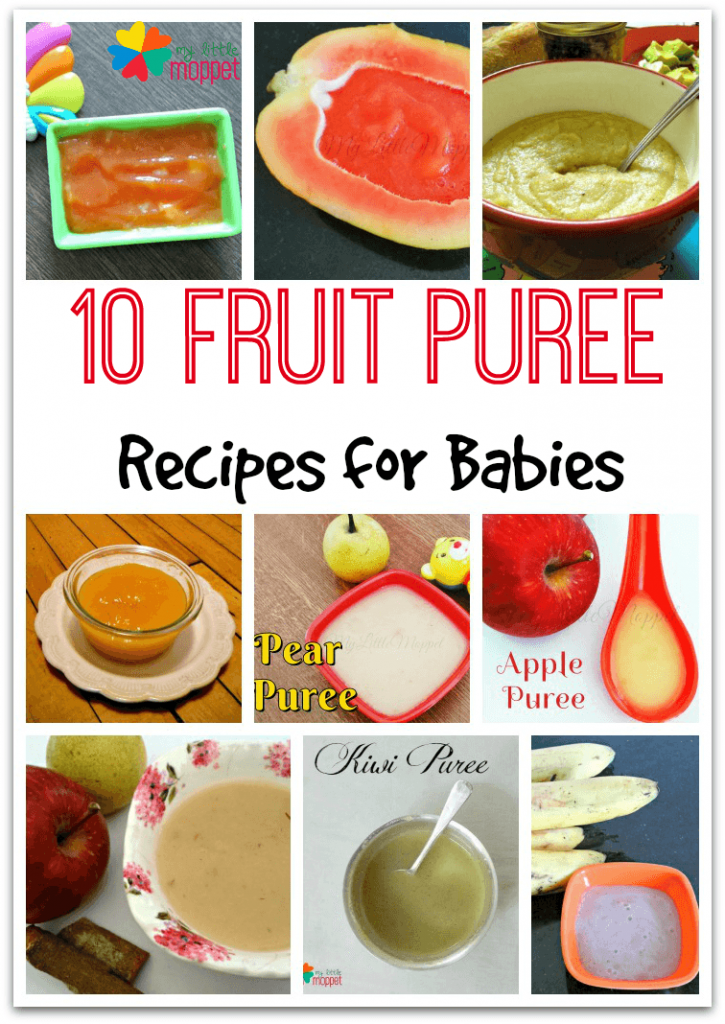
Instructions (see below for the full recipe): place raspberries and water into a medium-low saucepan and heat over medium heat for 10 minutes. Place the cooked raspberries in a blender or food processor and puree until smooth. If the seeds are too much for your baby, you can strain them in a fine mesh colander. This puree will start on the thinner side but will thicken in the fridge as it cools.
Raspberry Tip: this is a great recipe for using frozen raspberries. You can add frozen raspberries straight to the saucepan and simmer for 12-14 minutes or until soft and thawed through.
2-Minute Raspberry PureeWant to make a delicious raspberry puree for baby but are short on time? Then this easy-peasy recipe is for you! We are simply going to blend up some fresh raspberries and call it a day! Yes, it can be that easy.
Instructions (see below for the full recipe): place fresh or frozen and then thawed raspberries into a blender.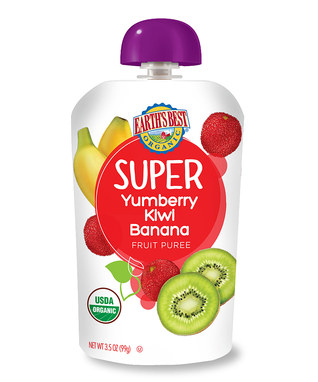 Blend for 1-2 minutes or until smooth. If the seeds are too much for your baby, you can strain them in a fine mesh colander. This puree will start on the thinner side but will thicken in the fridge as it cools.
Blend for 1-2 minutes or until smooth. If the seeds are too much for your baby, you can strain them in a fine mesh colander. This puree will start on the thinner side but will thicken in the fridge as it cools.
Raspberries are a great food for your baby to self-feed, whether for baby-led weaning, which happens around 6 months of age or during the finger foods stage at 9 months. Because raspberries are naturally soft and not a choking hazard, you can serve them to your baby whole, quartered, or chopped from 6 months of age but keep in mind that babies pincer grasp doesn’t usually develop until around 9 months of age making the smaller pieces harder for them to pick up.
Whole: great for babies 6+ months or just starting on solid foods. Whole raspberries are great for younger babies as they will have an easier time picking up the bigger pieces with their palmar grasp.
Quartered: 9+ months and up. You can serve baby quartered raspberries from the very start but your baby may have a hard time picking the small quarters up until around 9 months when they start to developed their pincer grasp.
You can serve baby quartered raspberries from the very start but your baby may have a hard time picking the small quarters up until around 9 months when they start to developed their pincer grasp.
Chopped: 9-10 months and up. Whenever your baby’s pincer grasp has developed, you can serve them diced raspberries, which is usually around 9-10 months.
6 Raspberry Combination PureesYou can mix and match raspberries with many other great fruits and veggies to make a fun combination puree. Here are my 6 favorites.
- Banana Raspberry Puree: place 2 ripe bananas and 1 cup of freah raspberries in a blender and puree until smooth. Freeze immediately to preserve the color.
- Avocado Raspberry Puree: on a cutting board, mash 1/2 a ripe avocado with 5-7 raspberries until super smooth. Freeze immediately to preserve the color.
- Sweet Potato Raspberry Puree: follow this sweet potato recipe but add fresh raspberries to the backing sheet when you have 10 minutes left on your cooking time.
 Puree as instructed in the recipe.
Puree as instructed in the recipe. - Apple Raspberry Puree: follow this apple puree recipe, but add 1-2 cups of raspberries when you cook the apples. Puree as instructed in the recipe.
- Carrot Raspberry Puree: follow this carrot puree recipe, but add 1-2 cups of raspberries while blending.
- Pear Raspberry Puree: follow this pear puree recipe, but add 1-2 cups of raspberries when you add the pears to the saucepan. Cook and puree as instructed in the recipe.
Raspberries paired with creamy ricotta! What’s even better, when you swirl in a little nut butter! This is a protein-packed food for your baby! Of course, you can also use cottage cheese or whole-milk plain yogurt in this recipe, if you prefer.
How to Serve: you can serve this to your baby on a spoon, in a bowl for them to rack into their mouths, a self-feeding spoon, or on a piece of toast, pancake, or waffle.
Instructions (see below for the full recipe): add raspberries, ricotta, and any nut butter you prefer to a small bowl and mix together until raspberries and mashed and everything is incorporated.
Raspberry & Yogurt PopsiclesA fun way to introduce raspberries to your baby is in the form of a popsicle! Homemade popsicles that have no added sugar can be introduced to babies around 6 months of age. While some babies will love the cool sensation on their tender teething gums, others may not love this frozen food until later on.
How to Serve: place your baby in a highchair and serve them one popsicle. We love the Nuby Pop Tray and the Zoku Mini Pop popsicle molds for babies.
Instructions (see below for the full recipe): In a medium bowl, add the yogurt, raspberry puree and lemon juice and gently fold together. Spoon into a baby-sized popsicle mold, freeze for at least 5 hours or preferably overnight.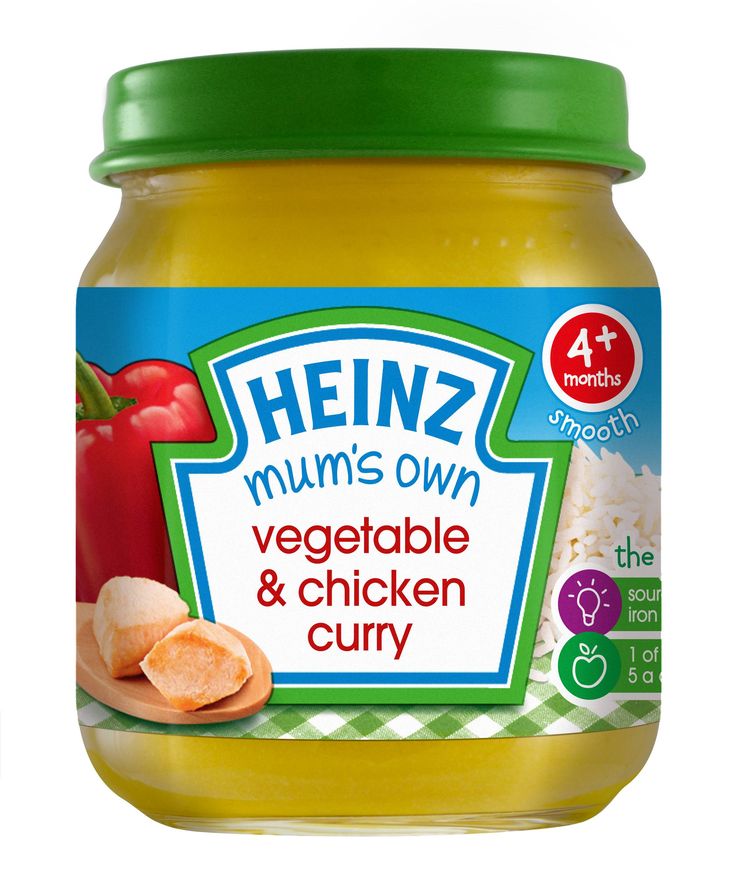
You can freeze any of the purees listed above. For finger foods, you can store any leftovers in the fridge in an air-tight container for up to 3 days.
REFRIGERATORYou can store this raspberry puree in an airtight container in the fridge for 4 days.
FREEZERThis raspberry puree can be frozen for up to 4 months.
- Spoon pureed raspberry into a freezer storage container – do not overfill.
- Place the lid on the storage container or cover with a piece of saran wrap and label with date and recipe name.
- Place the tray into the freezer and let freeze completely – preferably overnight.
- Pop-out the baby food cubes and place in a zip-lock baggie or stasher bag – don’t forget to re-label the baggie or stasher bag for future reference.
- Organic vs. Traditional: Raspberries are on the EWG’s Dirty Dozen list so buy organic if you can for less pesticide residue.
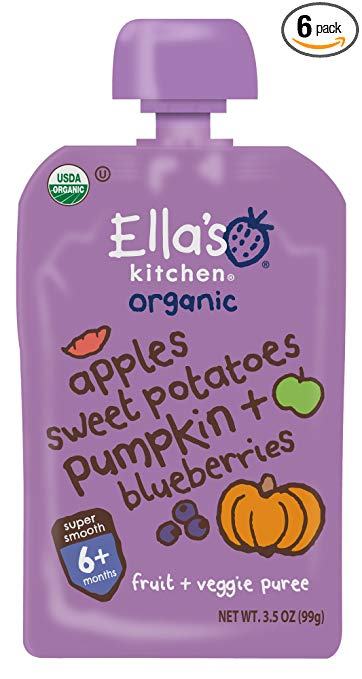 Buying frozen is a good way to buy organic produce on the cheap(er), plus they won’t go bad as long as they’re in the freezer. This is a great option when using raspberries in smoothies, purees, or baked goods.
Buying frozen is a good way to buy organic produce on the cheap(er), plus they won’t go bad as long as they’re in the freezer. This is a great option when using raspberries in smoothies, purees, or baked goods. - Freeze when Fresh: Another way to save on fresh organic raspberries is to buy them in bulk when they’re on sale and in season. Place what you will eat within the week in the fridge and put the remaining berries in an airtight container or ziplock bag in the freezer to use later.
- Diaper Rash: If baby has diaper rash, you may want to avoid serving them as the acid in the berries can make it worse, or cause diarrhea due to the fiber content.
- Baby Bowls
- Suction Baby Plates
- Baby Spoons
- Beaba Babycook
- Freezer Storage Tray
- Gootensil
- Saucepan
- Baking Sheet
Simmered Raspberry Puree
- 2 cups raspberries, fresh or frozen
- 2 tbsp water
- 1 pinch cinnamon (optional)
2-Minute Raspberry Puree
- 2 cups raspberries, fresh or thawed if using frozen
Baby-Led Weaning/Finger Food Stage
- 3-4 raspberries, fresh
Raspberries, Ricotta & Peanut Butter
- 3 tbsp ricotta, whole milk
- 5-6 raspberries, fresh or thawed from frozen
- 1/2-1 tsp peanut butter, or other nut butter
Raspberry & Yogurt Popsicles
- 1 1/2 cups plain whole milk yogurt, or plain plant-based yogurt
- 1 cup raspberry puree, either the Simmered Raspberry Puree or 2-Minute Raspberry Puree will work, seeds removed
- 1 tbsp fresh lemon juice (optional)
Simmered Raspberry Puree
Place the raspberries, water, and cinnamon into a small saucepan and heat over medium-low heat for 10-12 minutes or until soft and broken down.
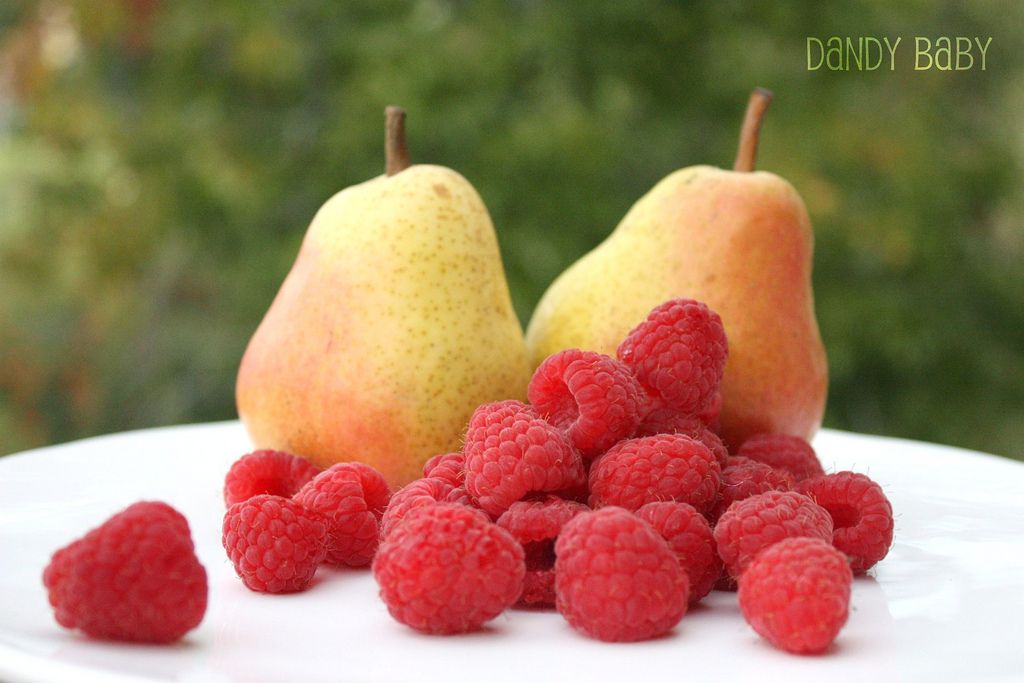
Let cool slightly and then transfer the raspberries to a blender or food processor and puree for 1-2 minutes until smooth. If there are too many seeds, pour the puree through a fine mesh colander into another bowl. The puree will thicken as it cools in the fridge or freezer.
2-Minute Raspberry Puree
Place raspberries into a blender and puree for 1-2 minutes or until smooth.
If there are too many seeds, pour the puree through a fine mesh colander into another bowl. The puree will thicken as it cools in the fridge or freezer.
Baby-Led Weaning/Finger Food Stage
Serve to your baby whole, quartered or chopped depending on your baby's age (see graph).
Raspberries, Ricotta & Peanut Butter
Place the ricotta, raspberries and nut butter in a small bowl.
Using a fork, mash the raspberries and mix until incorporated.
Raspberry & Yogurt Popsicles
In a medium bowl, gently stir together the yogurt, raspberry puree and lemon juice.
 You don't want it mixed all together, you can leave it so the ingredients are just swirled together.
You don't want it mixed all together, you can leave it so the ingredients are just swirled together.Spoon mixture into small baby-sized popsicle molds. Place the molds into the freezer and freeze for at least 5 hours or overnight.
Take the popsicle out of the mold and hand it to your baby.
Age: 4-6+ months for puree, 6+ months for baby-led weaning
Storage: you can store the purees in the fridge for up to 4 days or in the freezer for 4 months. You can store the finger foods in the fridge for up to 3 days.
Yield: the purees will yield you roughly 6-8 ounces of puree, while the finger foods will give you 1-2 servings.
Notes on Frozen Raspberries: if you are using frozen raspberries, make sure you thaw and drain any excess liquid before using them.
Freezer Tray
Blender
Grabease Utensil
EZPZ
Did you make this recipe?
Tag @babyfoode on Instagram and hashtag it #babyfoode!
Pin Recipe Email a Friend
Raspberry puree: composition and useful properties
Raspberry puree is a pleasant sweet dessert, which is a finely chopped pulp of ripe berries. Natural berry puree has a bright berry flavor and is usually prepared with added sugar.
The useful properties of the berry were discussed in Rus' as early as the 12th century, and since then it has been valued for its pleasant and delicate taste, fragrant aroma and health benefits. Modern manufacturers often add preservatives, dyes and starch to raspberry puree. Therefore, it is better to cook it at home.
Composition
Raspberry puree has not only a pleasant aroma and color, but also an unsurpassed taste. It contains almost all vitamins and minerals.
In particular, raspberry puree is rich in beta-carotene, vitamins B1, B2, B5, B6, C, PP, A, such substances as calcium, potassium, manganese, iron, chlorine, phosphorus, magnesium, sodium.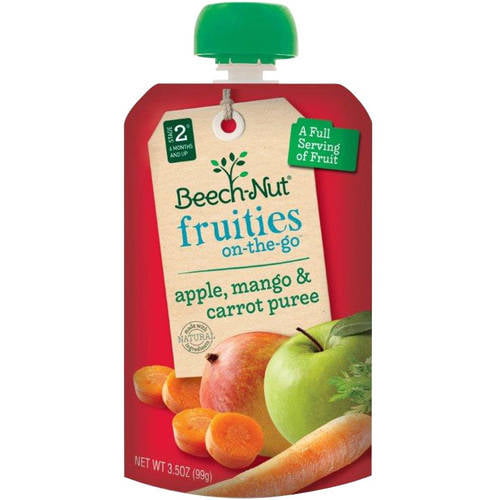 In addition, raspberries are rich in saturated and unsaturated fatty acids, organic acids, useful minerals such as cobalt and boron.
In addition, raspberries are rich in saturated and unsaturated fatty acids, organic acids, useful minerals such as cobalt and boron.
Important! Phytocytes contained in raspberry puree help the body fight microbes, actively destroy staphylococcus and fungal spores, and strengthen the immune system.
Useful properties
The vitamin-mineral composition of raspberry puree perfectly absorbs the child's body and has a positive effect on the digestive system. In addition, raspberry puree has an antimicrobial effect, improves appetite, has a beneficial effect on the intestines and helps to avoid constipation.
To the already mentioned beneficial properties of raspberry puree, one more thing should be added - low-calorie content along with an abundance of vitamins. Therefore, raspberries are used as a means to lose weight, and nutritionists have even developed a special raspberry diet.
Raspberry allows the body to get rid of metal salts, cholesterol, has a weakening effect.
Harm
Raspberry, like any useful product, has contraindications. The high content of purines does not allow people with urolithiasis, as well as kidney diseases, to consume this product.
Raspberry puree is also contraindicated for people who use anti-clotting drugs. Also, to use the product in any form is contraindicated in diabetes.
Doctors also advise pregnant women to be careful with raspberries in order to avoid the development of an allergic reaction.
Despite the beneficial properties of raspberry puree, for the same reason, it is recommended to carefully introduce it into the baby's diet. Upon reaching 10-12 months. you can give the baby 0.5 tsp. then closely monitor his behavior.
How to cook and serve
Raspberry puree can be purchased ready-made in the baby food section, or you can make it yourself at home. It is usually not produced separately, but in combination with other fruit puree components, such as blueberries, bananas, apples, etc.
But often modified starch and sugar are added to such jars to get a softer and more delicate texture. Therefore, when buying raspberry puree, carefully read the ingredients on the jar label. Like any other berry, raspberries are more useful when freshly picked.
Important! Forest raspberry puree is more beneficial for a child's body than raspberry puree grown in a garden plot.
It can be served as a separate dish, or as an addition to cereals, pancakes, yogurt, or mixed with other, sweeter fruit purees. Raspberry puree can be used to make:
- Marmalade,
- Mousse,
- Soufflé,
- Jelly.
How to store
You can store raspberry puree in airtight packaging for up to 1 year. After you open the jar, you should use it within 1 day.
Keep homemade puree in a sterilized container and store in the refrigerator for no more than 2 days. In addition, raspberry puree can be frozen.
Raspberry puree
Properties of raspberry puree
Nutritional value and composition | Vitamins | Minerals
How much does raspberry puree cost (average price for 1 ban.)?
Moscow and Moscow region
38 p.
Among the wide range of countless products intended for the nutrition of babies, one cannot but pay attention to raspberry puree, which is rightfully considered not only tasty, but also a very healthy treat. It has a bright color, an extraordinary aroma of wild berries and a delicate, sweet taste.
The beneficial properties of raspberry puree are known as much as humanity knows the berry itself. The benefits of this product for the child's body are explained by its richest and most diverse composition. It has been proven that in mature raspberries there is an almost complete set of minerals and vitamins that are so necessary for the normal functioning and growth of a small organism. In particular, both fresh fruits and raspberry puree contain vitamins PP, C, B, A, along with mineral salts of calcium, magnesium, potassium, iron, manganese, boron, zinc and many others.
Undoubtedly, the presence of all these substances in the product is not a panacea, but the unique and beneficial properties of raspberry puree lie in the fact that all these components are perfectly absorbed by the child's body. In addition, they contribute to better absorption of other foods, thereby improving the baby's digestion and normalizing its metabolism.
It is known that phytoncides, which are also contained in raspberry puree, have a strong antimicrobial effect. In addition, these special substances stimulate the strengthening of children's immunity and form a natural barrier against the negative influence of many environmental factors. Agree, isn't this what a baby needs in a period of rapid growth?
Getting acquainted with the composition of industrial raspberry puree, many mothers prefer to prepare this first complementary food at home. And indeed, often on the packaging of baby puree, in addition to the fruit base, you can also find other components - sugar (which is undesirable for fragile children's teeth) and modified starch, the dangers of which have recently been talked about a lot.
Among other things, manufacturers often claim that raspberry puree is made exclusively from natural raw materials without the use of preservatives, dyes, stabilizers and other substances unnecessary for the body. Whether this is true or not is known only to the manufacturers themselves.
But preparing valuable raspberry puree on your own is not a difficult task, especially if you have a sufficient amount of fresh ripe berries. Believe me, the child will appreciate your efforts when you offer him to start his acquaintance with the world of gastronomy with this fragrant and very tasty delicacy prepared by the caring hands of a loving mother.
Calorie content of raspberry puree 48 kcal
Energy value of raspberry puree (Proportion of proteins, fats, carbohydrates - bju):
Protein: 0. 2 g (~1 kcal)
2 g (~1 kcal)
Fat: 0.1 g (~1 kcal)
Carbohydrates: 11.2 g (~45 kcal)
Energy Ratio (b|g|s): 2%|2% |93%
Recipes with raspberry puree
Raspberry ice cream
Royal cheesecake with raspberries
Green tea with raspberries
Raspberry curd dessert
Product proportions. How many grams?
in 1 teaspoon 17 grams
In 1 tablespoon 50 grams
in 1 glass 350 grams
in 1 bank 200 grams
Food value and raspberry puree
NZhK - saturated fatty acids
0.1 g
of ash
0.5 g
9000 9000 9000 9000 9000 9000 9000 9000 9000 9000 9000 9000 9000 9000 Mono- and disaccharides8.3 g
PNZHK - polyunsaturated fatty acids
0.1 g
Water
84.


